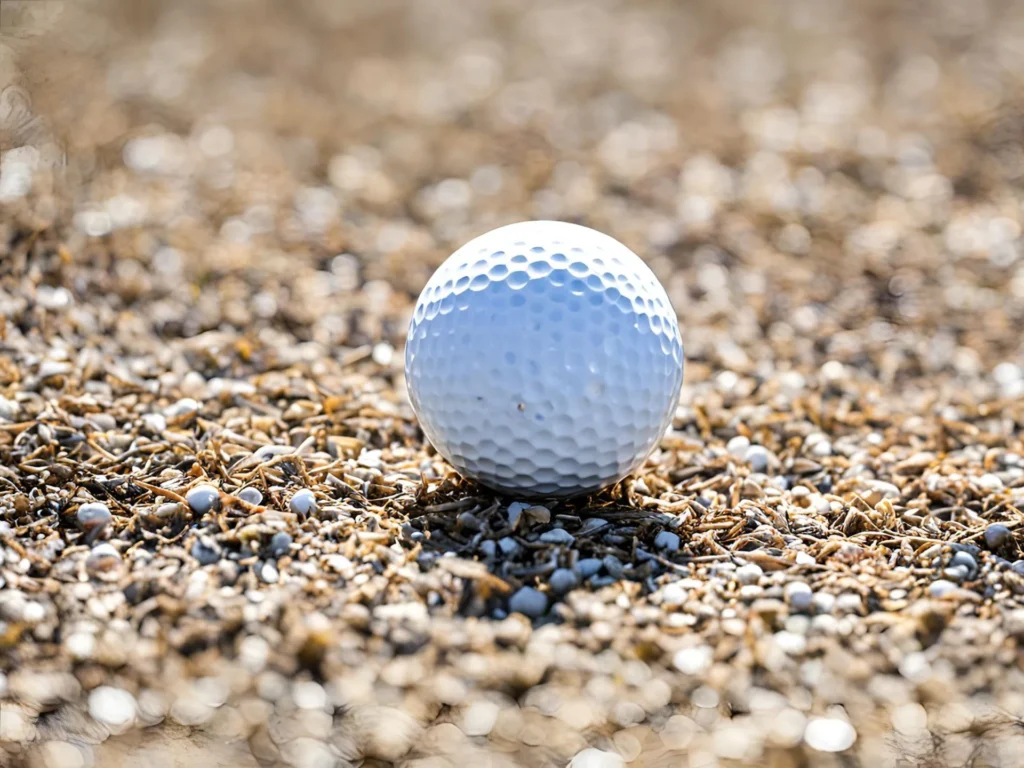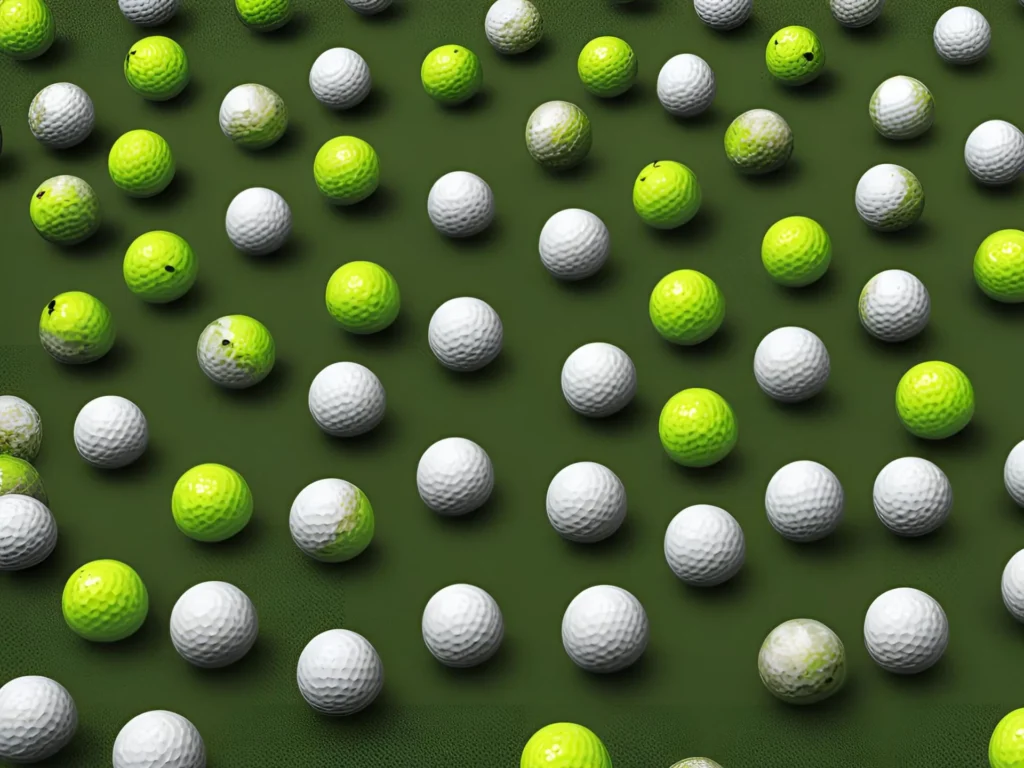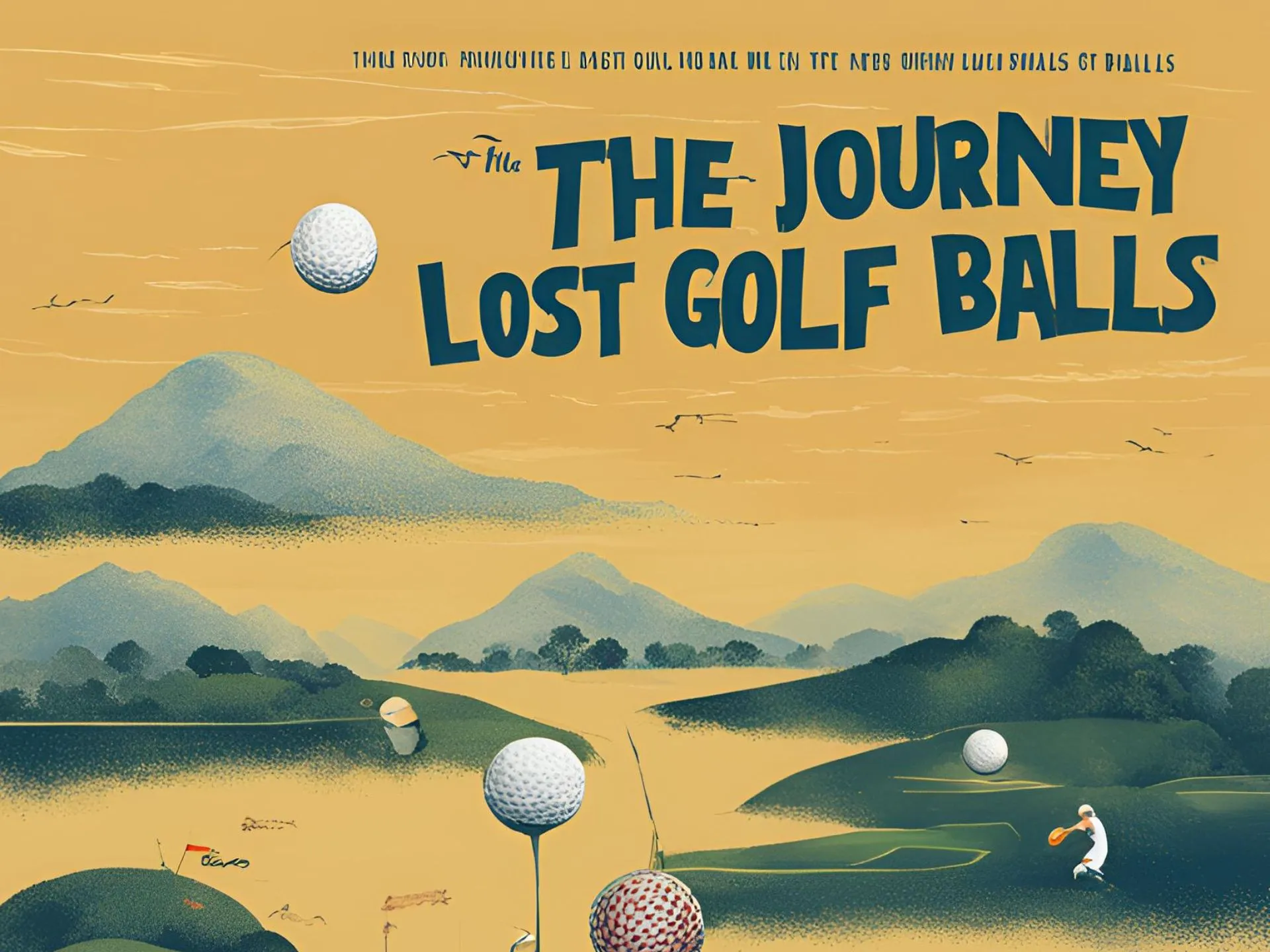Every golfer has experienced the moment of letdown as their golf ball lost into a water hazard. To some, it’s a little trouble; to others, it’s a big frustration.” But what happens to these lost golf balls, and what impact do they have beyond the course?
This article covers various aspects of lost golf balls, including reasons for lost golf balls, their impacts on players, their environmental impact, recovery methods, fun facts, and creative uses, aiming to offer you a fresh view on the topic.
Introduction:
Golf is more than just a sport; it is a combination of skill, strategy, and a touch of serenity. But surrounded in lush greens, sweeping fairways, and strategic hazards, there lies a hidden world—the curiosity zone of lost golf balls. This seemingly insignificant ball, scattered across courses, lakes, and forests, has stories and secrets that are both fascinating and surprising.
Let’s start with what is Lost golf balls?
“Lost golf balls” refers to golf balls that are not found after being hit during a game.
These balls become lost due to different reasons such as landing in water hazards, forests, or out-of-bounds areas. By the rules of golf, when a ball is lost, players must usually take a penalty stroke and continue playing with a new ball.
Why Do Golf Balls Go Missing?
Wind and Weather Conditions:
Wind and weather can influence the path of a golf ball, causing it to land in unexpected places.
- Example: A strong wind blows the ball away from its target.
- Impact: Balls might end up in areas that are difficult to search or see.
Ball Misplacement:
Sometimes golfers might accidentally leave a ball behind or misplace it.
- For example: sometimes golfers forget where a ball was left after taking a shot.
- Impact: Balls can be lost between shots or forgotten during play.
Reasons for Lost Golf Balls

1: Wetland:
Reason: Wetlands like ponds and streams are the common places where golf balls get lost. It frequently ends up in lakes, ponds, and rivers.
Tip: For this Use more perfect shots and choose the clubs that suit the distance away from this wetland.
2: Overgrown Fairway and Wooded Areas:
Reason: When a golfer hits the ball and it falls on thick grass. Thick and over grass can hide golf balls and make them hard to find. Balls can be hard to find in tall grass, bushes, and wooded areas.
Tip: Make Your Swing Better to stay on the fairway and avoid to fall it on thick grass.
3: Out of Boundary:
Reason: Balls that go beyond the course” ‘s boundaries are lost, can’t find and golfers can’t play. Sticking a ball out of the playing ground is a result of a lost ball.
Tip: For this, stay aware of the course boundaries and adjust your shots to stay within bounds so that balls will be within the ground.
4: Poor Visibility:
Reason: Balls can be hard to spot in bad weather or low light conditions because human eyesight can be seen within a limit.
Tips: A proper management of lights and a person designated to keep an eye on where the golf ball is going.”
5: Off-target Shot:
Reason: Misjudged shots can make balls land in spots where you can’t play them.
Tip: For this, try to practice your swing and aim to improve your overall game.
Effect on Players
- Dissatisfaction: Losing a ball can be dissatisfied and distract a player’s attention.
- Penalty Charges: If the balls are lost which results in penalty strokes, that impacts the player’s score.
- Time-Consuming: For Searching lost balls can slow down the pace of play.
Environmental Impact of lost golf ball:
The environment also affected by the loss of golf balls because the balls are made up of plastic .as we know plastics can not be decompose which is why it takes part in increasing environmental pollution and also as follows:
- Increase Pollution: Lost balls can contribute to rise in the plastic pollution, especially in water bodies. As golf balls break down, they can break down into smaller pieces, which contribute to microplastic pollution.
- Wildlife: Animals may mistake them for food, leading to ingestion and potential blockages in their digestive systems, causing physical and toxicological harm.
- Degradation: Golf balls can take 100 to 1,000 years to decompose, impacting the soil because it is made up of rubber and plastic. Over time, the degradation of these materials can change soil composition, and water quality and also lower the yield production.
Golf Balls Can Travel Across Oceans:
Golf balls are designed to float on water. Lost golf balls have been found on distant shores, carried across oceans by currents. It’s a reminder of how far a simple object can travel.
How do Industry and Market play a role in lost golf balls?
Second-Hand Market:
Recovered and recycled golf balls are sold at a lower price, creating a market for affordable balls. A team should find the lost ball and hand it over to the market so it can be recovered and used again. This will help in reducing the pollution. Companies that specialize in retrieving, cleaning, and reselling lost golf balls, generating a profit, and providing jobs.
Tips to Avoid Losing Golf Balls:
1 . Know Your distance markers: Make a fixed point and Understand how far you hit each club to avoid hazards.
2. Use Brightly Colored Balls: By using brighter became easier to find spots in various land
3. Mark Your Balls: Personal marks make it easier to identify your ball.
4. Practice: Improve your skill and consistency to keep the ball in play.
Golf Ball Recovery Tech Innovation

- Tracking in Golf Balls: search out the development and implementation of GPS-enabled golf balls, including how they work, their effectiveness, and player experiences.
- Use of Drones: Investigate the use of drones to locate and retrieve lost golf balls which may help to find lost golf balls.
- AI and Machine Learning: Also find out how AI and machine learning are being used to predict and prevent lost balls, such as algorithms that help players choose optimal shots based on course data.
Advanced Equipment and Training Techniques
Training Programs to Reduce Lost Balls: Profile advanced training programs and techniques that are designed to help players improve accuracy, and skills and reduce the likelihood of losing balls, including technology-enhanced training aids.
High-Tech Gear:
Review of New Golf Gear to Help You Keep Track of Your Balls
Explore the latest golf equipment that can help you avoid losing your golf balls. This includes:
- Advanced Rangefinders: Tools that measure distances to help you aim better.
- Swing Analyzers: Devices that track your swing to improve your technique.
- Ball Flight Trackers: Gadgets that follow your ball’s path to see where it’s going.
Fun Facts
- High Numbers: An estimated 300 million golf balls are lost in the U.S. annually.
- Deep Dive: The world record for most golf balls retrieved from water hazards in one year is over 1.2 million.
- Many Artists have used the lost golf balls to create sculptures and other pieces of art. They can be painted, and arranged into their creative works.
- .An astronaut who’s named Alan Shepard hit two golf balls on the Moon In 1971 Those golf balls stayed there, so theoretically, they might still be considered “lost”!
Conclusion:
Lost golf balls represent more than just a minor inconvenience; they are a significant aspect of the golfing experience that intertwines with environmental, economic, and psychological factors.
By adopting sustainable practices, such as using biodegradable balls and supporting ball retrieval programs, the golfing community can reduce the negative impacts.
Embracing innovative solutions and mindful play can transform the challenge of lost golf balls into an opportunity for positive change, ensuring that the sport remains enjoyable and environmentally responsible for future generations.
So grab your ball retriever, your metal detector, or just your curiosity, and dive into the mysterious world of lost golf balls. You might just discover a new passion or uncover a hidden treasure along the way.
Uncover the hidden adventures of lost golf balls and score big savings! Grab yours at an unbeatable price by clicking here.
FAQ:
What are the main reasons for lost golf balls?
When Golfers sometimes hit the ball off-target, water hazards are the main reason for lost golf balls.
What penalties did players face for losing golf balls?
The player has to replay the shot from the original spot.
What happens if I find out my ball after declaring it lost?
if a ball is declared lost, you have to proceed with the penalty and play a new ball from the original spot. The previously declared lost ball will no longer be in play.
Why is the lost golf ball hazardous for Aquatic Animals?
Because A fish might accidentally ingest a golf ball or get struck by one and Golf balls are hard and can cause injury to aquatic animals.
Can I use a metal detector to find lost golf balls?
Yes, we can use metal detectors because they can detect the metal core of golf balls buried in sand or grass.
What are the best techniques for finding lost golf balls?
Cover the area methodically and focus on likely spots.
Look in the direction of the sun to spot reflections.
Use a ball retriever or wait for the water to clear.
How do artists use lost golf balls?
Artists have used these balls for art, sculptures, decorations, and other
Related More:




